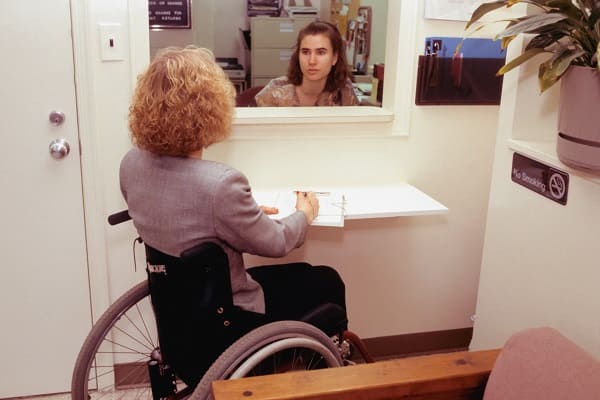Scientists have succeeded in creating a state-of-the-art technology capable of converting brain impulses into spoken words. One of the evergreen developments that will help all paralysis peoples worldwide.
One of the amazing inventions that will fill the gap of communication for those who are unable to to speak owing to paralysis or other incapacitating diseases!
This article explores the specifics of this ground-breaking gadget, and the technology that underpins it. The ramifications for those who will be impacted, and the larger topic of brain-computer interfaces (BCIs).
The Device and Its Functionality
A powerful brain-computer interface system that decodes paralysed people’s cerebral activity is at the core of this innovation. The system consists of a network of electrodes that are carefully positioned on the surface of the brain. And interface with the neural impulses that are in charge of producing speech.
The system transforms these complex brain patterns into comprehensible phrases using the power of machine learning algorithms. Which are then vocalized by a linked speech synthesizer.
Process of Neural Decoding
The device’s neural decoding procedure includes understanding the complex brain’s language. The electrodes pick up neurological impulses that correlate to the desired words when the person tries to utter them in their head.
These signals are subsequently put into a sophisticated neural network. That has been trained using enormous datasets of patterns of brain activity and related speech. The neural network gains the ability to identify and relate particular neural signatures to their associated verbal data through this training.
How it works
Acquisition of Signal: The electrodes or sensors detect neural activity in the speech centres of the brain.
Signal decoding: Cutting-edge algorithms analyse brain impulses to identify patterns that correspond to various phonemes and words.
Speech Synthesis: After the intended words have been identified, text-to-speech technology is used to synthesise them into audible speech.
A Quick Look at the Implications
This invention has far-reaching, revolutionary consequences. People who are paralysed and have lost the capacity to express themselves vocally now have a new outlet.
They may now communicate their needs, wants, and feelings in real-time. Thanks to this ground-breaking technology, greatly improves their quality of life and allows them to rejoin society.
Additionally, this idea has the potential to go beyond its initial use. Researchers envision using it in a variety of settings, including helping people with severe speech impairments.
And maybe assisting in neurorehabilitation. The gadget may be a vital tool for helping therapists better comprehend neuronal healing processes and create personalised treatment plans.
Issues and Moral Considerations
While the creation of this gadget inspires enthusiasm and optimism, it also poses ethical and technological difficulties. Consideration should be given to concerns about patient permission, data privacy, and the possibility of changing one’s inner thoughts into spoken words. Some challenges are;
Accuracy: Because the neuronal patterns of the brain can be complex and unpredictable. Ensuring the correct translation of brain signals into meaningful speech is still a difficulty.
Long-Term Reliability: Ongoing study is needed in the areas of electrode function over time and possible brain adaptation to the device.
Accessibility: For the technology to be widely used, it must be made inexpensive and accessible to a larger range of people.
Application Possibilities
This device’s effects go well beyond its ability to translate words right away. Its transformational and diverse potential uses include:
Communication Can Be Restored
People who can not speak due to some reasons including illness. Like ALS, locked-in syndrome, or severe paralysis brought on by accidents can regain it.
Medical Diagnosis
By revealing information about the patterns of brain activity linked to various ailments. The device may help in identifying neurological problems.
Prosthetic Voice
For those who have permanent speech difficulties, technology may be able to provide a prosthetic voice. That mimics their voice more accurately and sounds natural.
Enhancing Brain Research
By giving academics unparalleled access to speech-related brain activity in real-time. Researchers can get benefits from this device extinguishing the for measuring the brain handling languages.
Future Plans
For this technology, there are still several obstacles to overcome. Such as increasing the accuracy of translation, and extending the life and safety of brain implants. And making the device more widely available and reasonably priced.
To overcome these obstacles and advance the technology, continued cooperation between neuroscientists, engineers, ethicists, and medical experts is necessary.
Conclusion
The creation of a device that can convert brain impulses from paralyzed people into words is a significant advancement. It has the power to restore communication for those whose voices have been muted by neurological diseases.
The prospect of a day when individuals can once again communicate verbally seems more real. As technology advances ethical issues are carefully considered.
This invention not only lays the path for a higher standard of living. But also highlights how inventive people can be when faced with difficulty.
Related Article: secrets about scholarship interview questions


